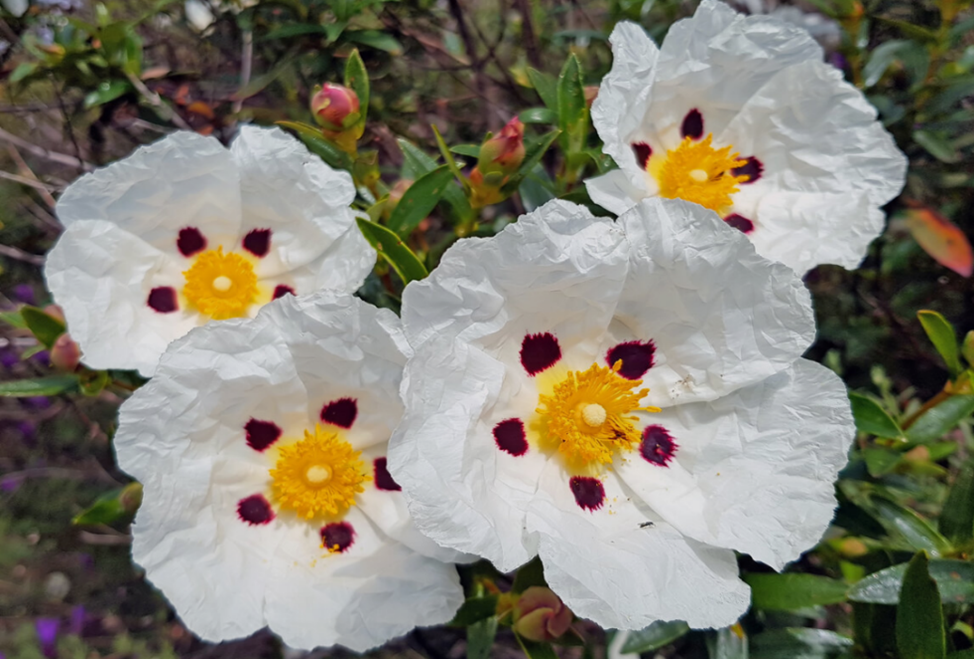Amber also known as Crystal… What is Amber?

Amber, or Crystal Amber, is a fossilized (mineralized) resin of ancient conifers, especially pines, which existed some 50 million years ago. The surface can be transparent and sometimes opaque, with a typical golden-honey to a honey-colored resin gloss. We can often find the remains of insects and lichens, or even parts of plants that have been trapped there, from the time of its origin.
The liquid resin has a strong, warm, balsamic and woody aroma. The fragrant essence can no longer be extracted from amber, ie from fossilized resin.
Therefore, if amber notes appear in the composition of perfumes, it is meant that the perfume contains ingredients that create an amber scent.
At the beginning of the 20th century, amber itself was a valuable material for jewelry, but with the advent of synthetic substitutes, it lost its place in jewelry. Recently, when there has been a general return to nature, amber has gained in popularity and, of course, its price is rising.


Types of amber
The most famous amber comes from the Baltic Sea (Russia, Poland), there are also sites in the Mediterranean around Sicily, Norway, Denmark, Romania, Mexico, Spain, Italy, Canada and the USA. Yellow and cognac amber are considered to be the best known and most popular colors of amber, and abundant green amber also appears. Lesser known and rare include purple, red, white and black amber.

In the field of cosmetics, we often confuse Amber with Ambergis and vice versa. Both of these names refer to perfumes and their production, but they are part of something completely different.
Amber is not a fragrant essence, but a fragrant tone (scent) based on a combination of different essences, which together capture the scent of liquid resin and the color of amber. It usually occurs in the base of oriental perfumes, to which it adds their depth.
Currently, various substitutes such as Labdanum (other names ladanon, ladan, ladanum) are used for the production of amber fragrance. It is a sticky brown resin obtained from the plants Cistus ladanifer and Cistus creticus.


Another source of essence for amber scents is Tonka beans. These are fermented seeds of the plum tree. Other ingredients such as Peru balsam, Tolu balsam, Benzoin, Vanilla, Styrax, almonds and even tobacco are also used to create amber tones.


What is Ambroxan?
(also under the name AMBROXIDE, AMBRETONE, AMBRE EXTREME)
Ambergris, whether "true" or "false", is increasingly being replaced by synthetic substances from the "Ambroxan" group. It is a modern synthetic mixture with a dry amber-musk scent. It is made from Sclareol (an ingredient in sage essential oil).
Ambroxide, widely known under the trade name Ambroxan, is a naturally occurring terpenoid and one of the key ingredients responsible for the odor and formation of amber tones. It is a product of the auto-oxidation of ambrein. Ambroxan is basically a synthetic amber that is used in the perfume industry as a fixative.
A small amount (< 0.01 ppm) is used as a flavoring in food
Synthesis
Ambroxide is synthesized from Sclareol, a component of sage essential oil. Sclareol is oxidatively degraded to the lactone, which is hydrogenated to the corresponding oil. The resulting compound is dehydrated to form ambroxide.
Sclareol is a fragrant chemical compound found in Salvia sclarea, from which its name is derived. It is classified as a bicyclic diterpene alcohol. It is an amber solid with a sweet balsamic scent. Sclareol is also able to kill human leukemia and colon cancer cell

Read also
- visibilityScents, perfumes and herbs in antiquity
- visibilityHow to become a millionaire on vacation ?? Do you think that it is possible?
- visibilityWhat is the most expensive spice in the world that is used in perfumery?
- visibilityWhat is RIGHT AMBRA, GRAY AMBRA, AMBERGRIS?
- visibilityHow to choose the right perfume scent?
